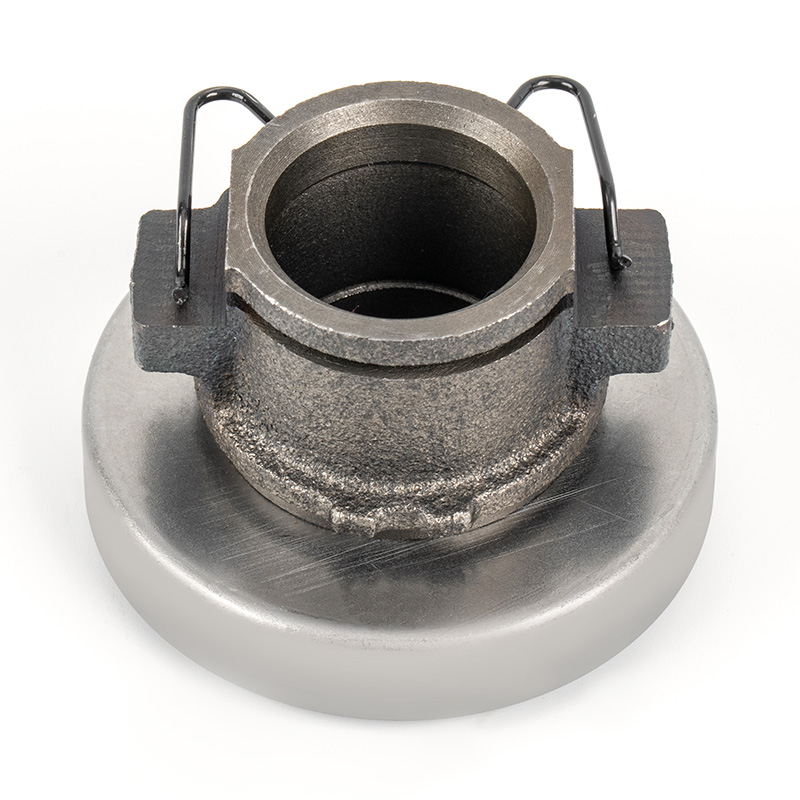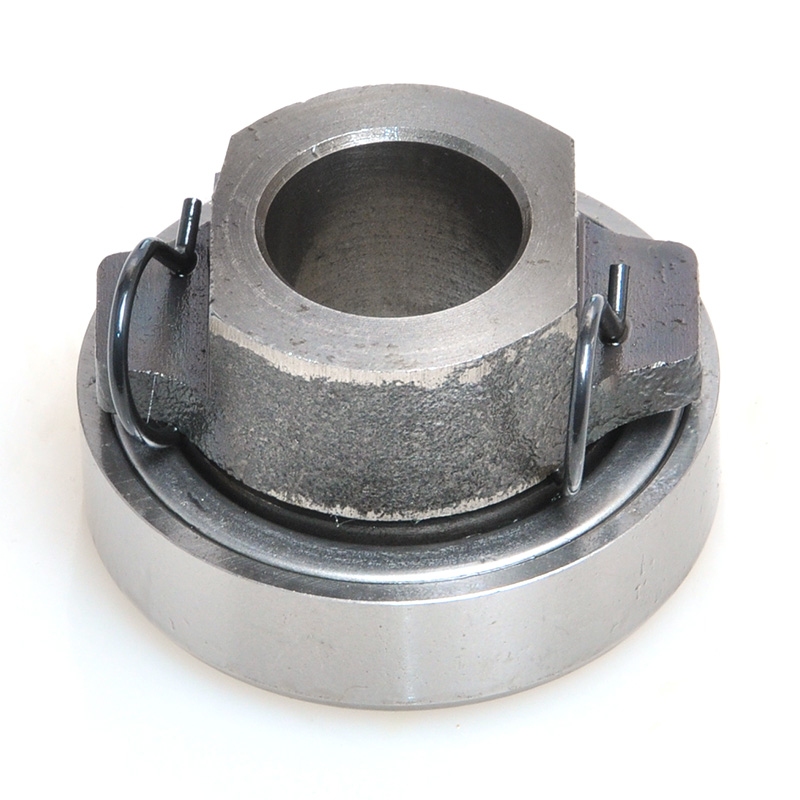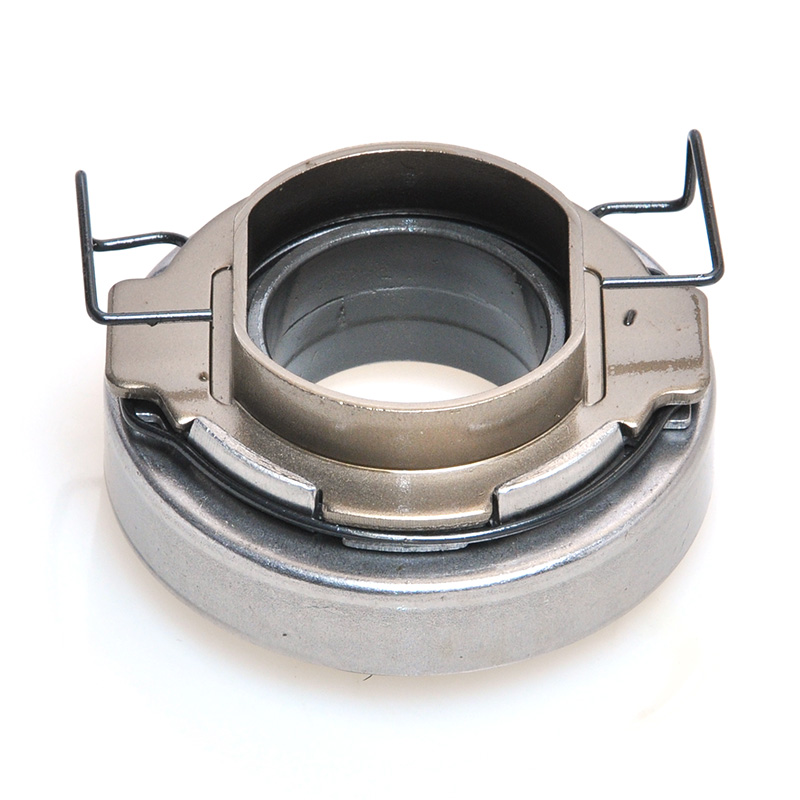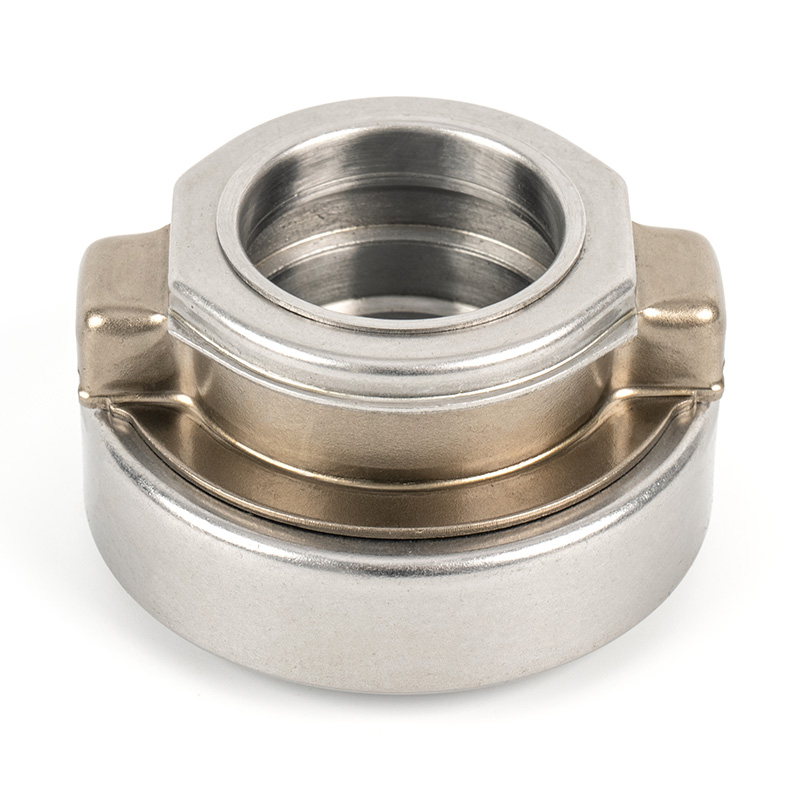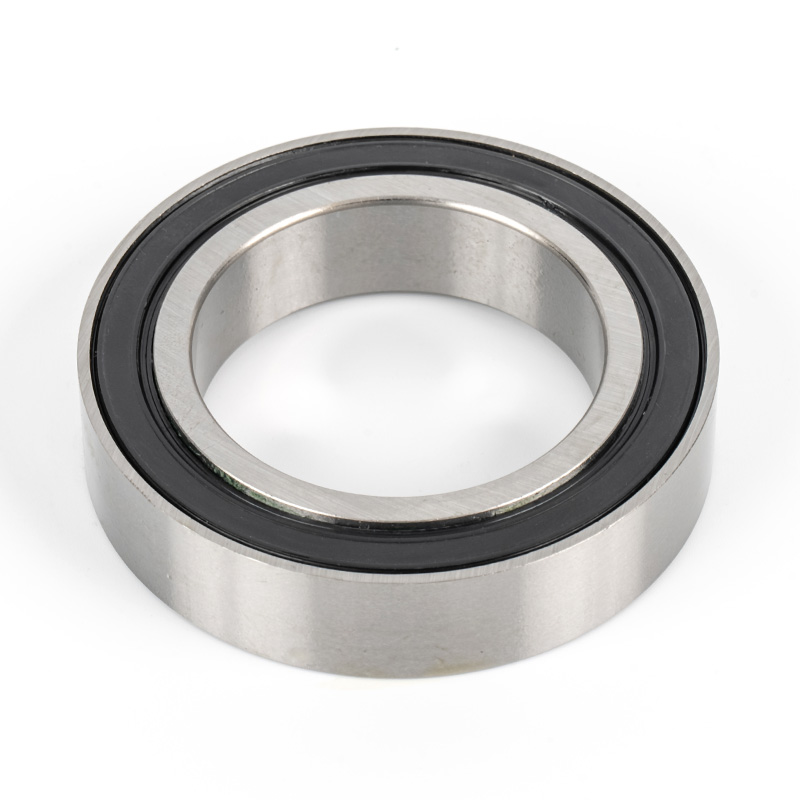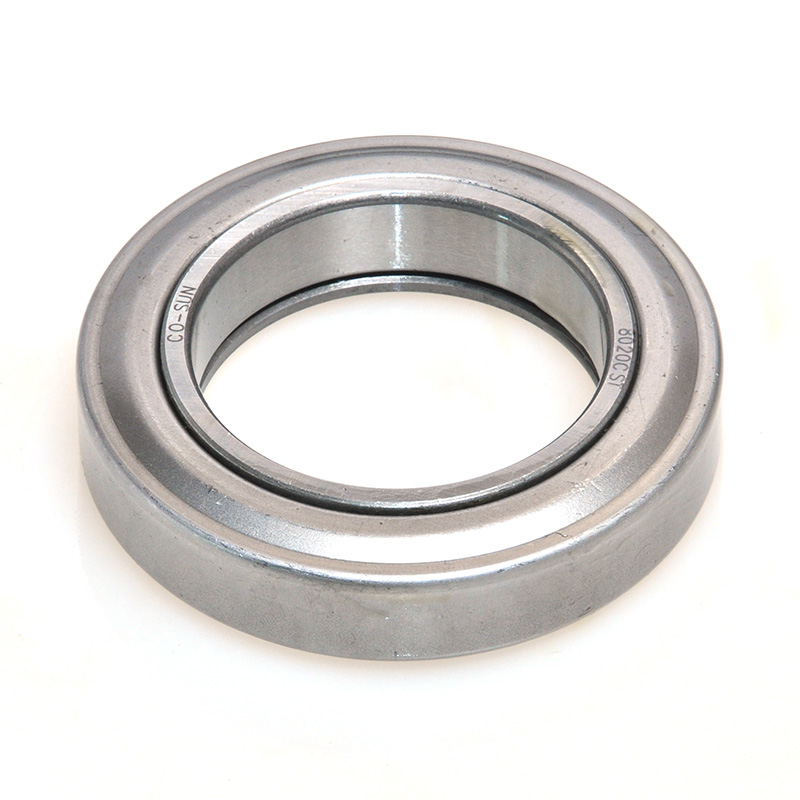Clutch Release Bearing 500096160 is a precision component designed for modern manual transmission systems. Its core function is to achieve efficient separation of the clutch pressure plate and the flywheel through axial displacement, ensuring the smoothness and reliability of the shifting process. The bearing uses high-strength alloy steel as the inner and outer ring materials, and is combined with a high-precision ball bearing structure to significantly improve wear resistance and load bearing performance. Its sealing system integrates a composite design of a double-lip rubber seal ring and a metal dust cover to effectively prevent the intrusion of external pollutants such as dust and mud. At the same time, by optimizing the grease filling process, it reduces internal friction and extends service life. In addition, the sleeve of the bearing is injection molded with flame-retardant nylon, with a smooth surface and self-lubricating properties, which not only reduces axial movement resistance, but also maintains stable performance in a wide temperature range of -40°C to 120°C.
The bearing has passed rigorous salt spray testing (NSS) and durability cycle testing, and has shown excellent corrosion resistance and fatigue resistance under simulated extreme working conditions, ensuring stable operation in harsh environments such as high humidity and dust. Its precision-ground raceway and low-friction cage design can reduce the noise level during gear shifting to an industry-leading 35 decibels or less, while reducing clutch pedal operating force and improving driving comfort. Clutch Release Bearing 500096160 is compatible with a variety of mainstream models, including Nissan Altima, Maxima and Toyota Vios, supports plug-and-play installation, can directly replace original parts, and significantly shorten the maintenance cycle. As an industrial-grade product that complies with the ISO 9001 quality management system, its design life is 30% longer than that of traditional bearings, which can effectively reduce the maintenance cost of the entire vehicle, especially for high-load application scenarios such as commercial vehicles and construction machinery.
 +86-13867573512
+86-13867573512

